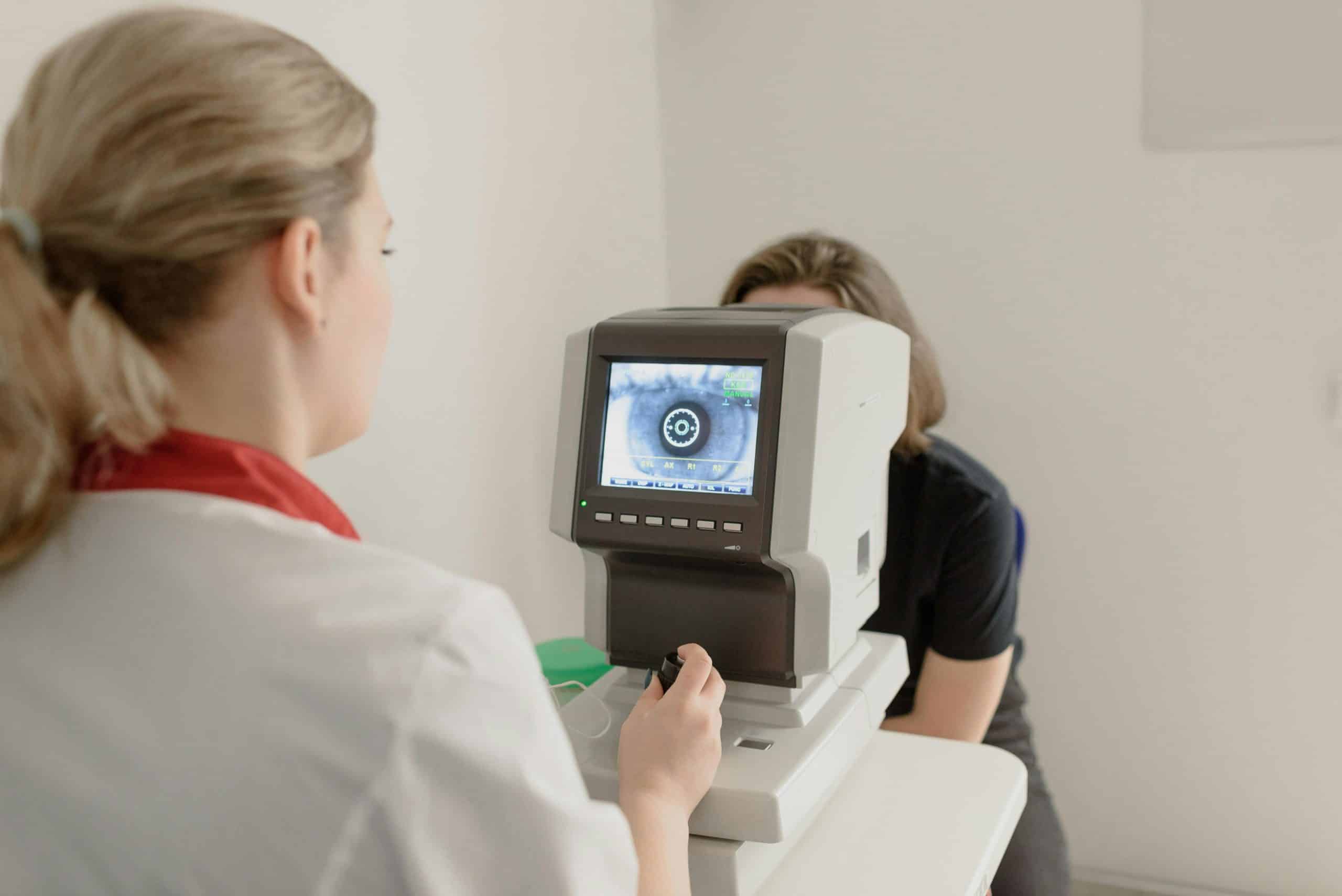For many years, Lasik surgery has been heralded as a revolutionary treatment for vision correction and a way to break free from the constraints of spectacles or contact lenses. However, recent technological developments have taken this area to new heights of accuracy and effectiveness, completely changing how we see and experience Lasik surgery.
Wavefront-Guided Lasik: Mapping the Path to Precision
Wavefront-guided Lasik represents a paradigm shift in refractive surgery since it offers individualized treatment tailored to the unique characteristics of each patient’s eyes. This technique is able to create an extensive three-dimensional map of the eye’s optical system using advanced wavefront analysis, which can detect even the smallest defects in visual acuity. The quality of vision is enhanced by the wavefront-guided Lasik eye surgery above and beyond what isn’t possible with traditional procedures. This is achieved by precisely identifying and adjusting higher-order aberrations, such as spherical and coma aberrations.
This customized strategy improves visual outcomes, lowers the chance of surgical complications, and raises patient satisfaction levels overall.
Femtosecond Laser Technology: Redefining Precision and Safety
Ophthalmology is one of the many medical specialties that has been dramatically revolutionized by the introduction of femtosecond laser technology, which has drastically altered the landscape of surgical procedures. The corneal flap production process, which is an essential part of the Lasik therapy, has been significantly improved in terms of both safety and precision thanks to this cutting-edge technology. In contrast to traditional microkeratome blades, which rely on mechanical force to generate corneal flaps, femtosecond lasers inscribe accurately, consistently, and with accuracy down to the micron.
This is in contrast to that of conventional microkeratome blades. This degree of precision promotes speedier visual recovery and better surgical outcomes since there is less of a probability of flap-related difficulties such as uneven flap margins or epithelial abnormalities because of the reduced likelihood of these complications.
Topography-Guided Lasik: Unveiling the True Potential of Vision Correction
Topographically oriented Lasik is an innovative approach to correcting vision that makes use of the topography of the cornea to improve the visual abilities of the patient. This cutting-edge method corrects irregularities and asymmetries that cause refractive difficulties by using precise measurements of the corneal surface curvature to guide the laser ablation process. This approach is effective in correcting refractive issues. In comparison to more traditional methods, topography-guided Lasik offers superior visual quality and stability. This is because it treats not only the refractive defect but also the corneal abnormalities that lie behind it. It is possible to obtain significant improvements in visual acuity and patient satisfaction via the use of this individualized approach, which also lessens the likelihood of higher-order aberrations being created and enhances the predictability of visual outcomes.
Artificial Intelligence Integration: Enhancing Surgical Planning and Outcomes
In the realm of refractive surgery, the use of artificial intelligence (AI) into Lasik surgery is a major advancement. In order to create individualized treatment plans with previously unheard-of precision and accuracy, artificial intelligence (AI) algorithms examine enormous volumes of patient data, including preoperative measurements, corneal topography, and wavefront analysis. Surgeons can forecast postoperative results, adjust surgical settings, and customize treatment plans based on the individual visual features of each patient by using machine learning algorithms.
Artificial intelligence is being integrated into surgery planning and decision-making to improve visual results, decrease complications, and increase patient satisfaction.
Customized Treatment Modalities: Meeting Diverse Visual Needs
Furthermore, Lasik surgery has advanced beyond the purview of conventional refractive procedures to provide customized treatment plans that address a wide range of visual needs and preferences.
Customized therapeutic approaches might accommodate patients with different lifestyles and visual needs. These techniques include blended vision therapies for improved depth of focus and monovision correction for presbyopia. Treatment protocols may be tailored to the goals and desires of individual patients, enabling surgeons to obtain outstanding optical outcomes without the need for postoperative enhancements or retreatments. This customized approach, when used in Lasik surgery, emphasizes the procedure’s adaptability and flexibility in meeting patients’ ever-changing needs throughout their lives.
Conclusion
A new age of accuracy, safety, and effectiveness in refractive surgery has been brought about by the state-of-the-art technology that is transforming Lasik surgery. Lasik doctors can fully realize the benefits of vision correction and enable people to see the world with renewed confidence and clarity by using individualized treatment methodologies and approaches.
– If you are looking for guest posts write for us health now.

